Capturing Decisive Moments on the Trail
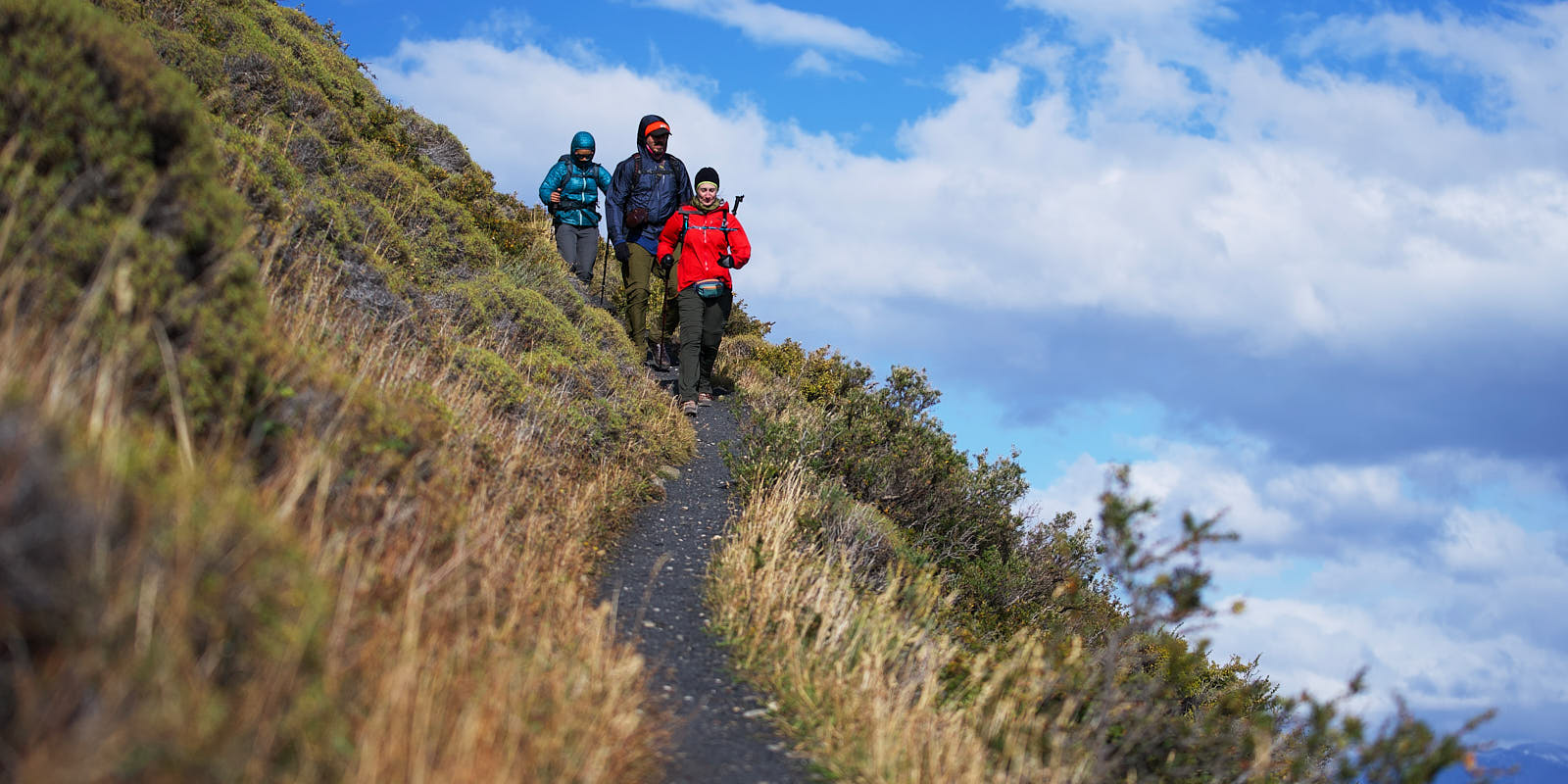
Photography is my passion. I love it in all its forms, from sports to fine art, portraiture to landscape, studio to street. Human nature is to categorize and thus we end up thinking of these as distinct genres within the field, but each category has more in common with the others than difference separating them. Nonetheless, I think there are some ideals embraced by one field which can bring new creative freedom when practiced in another. Specifically, I believe that nature photographers can benefit from thinking more like a street photographer.
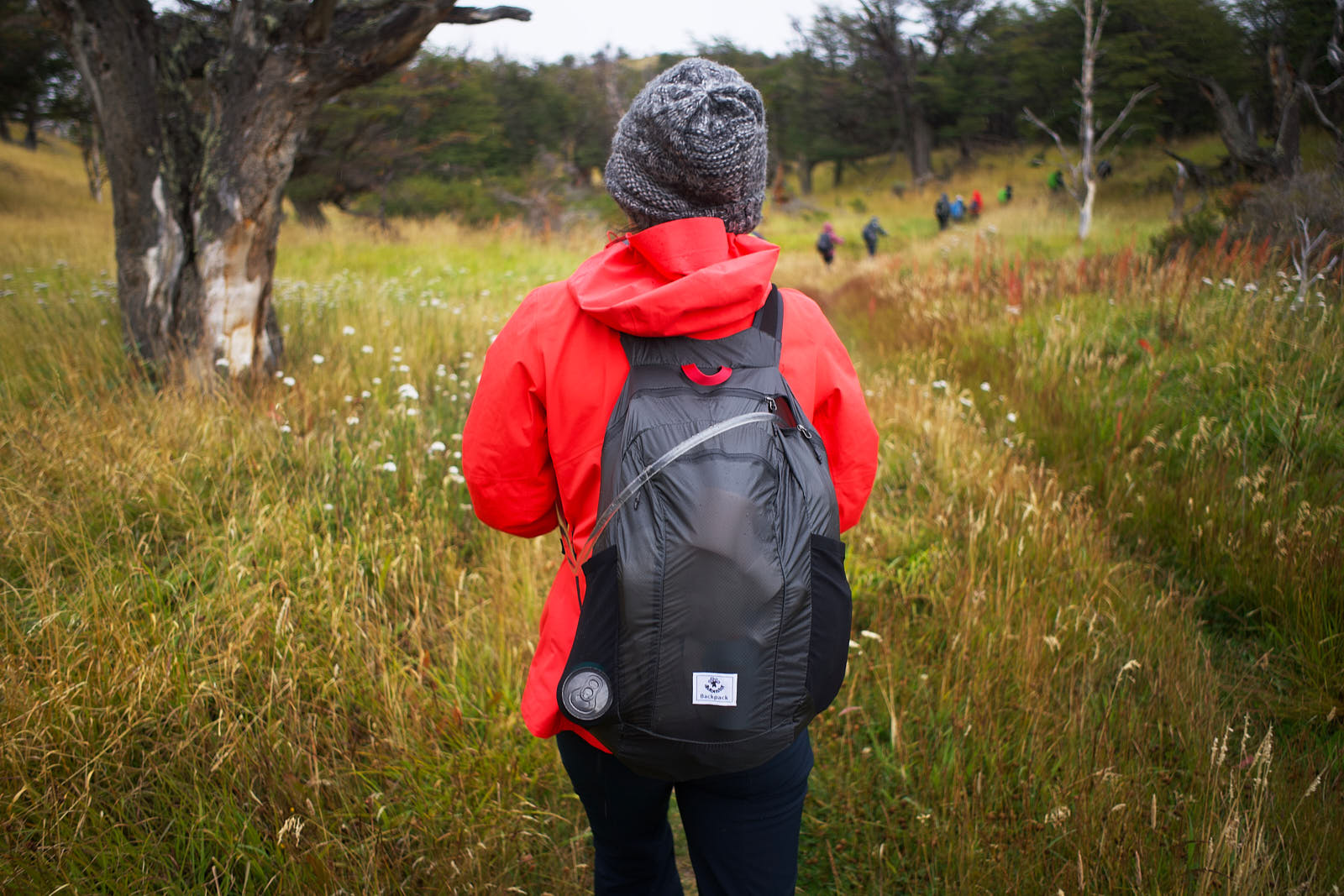
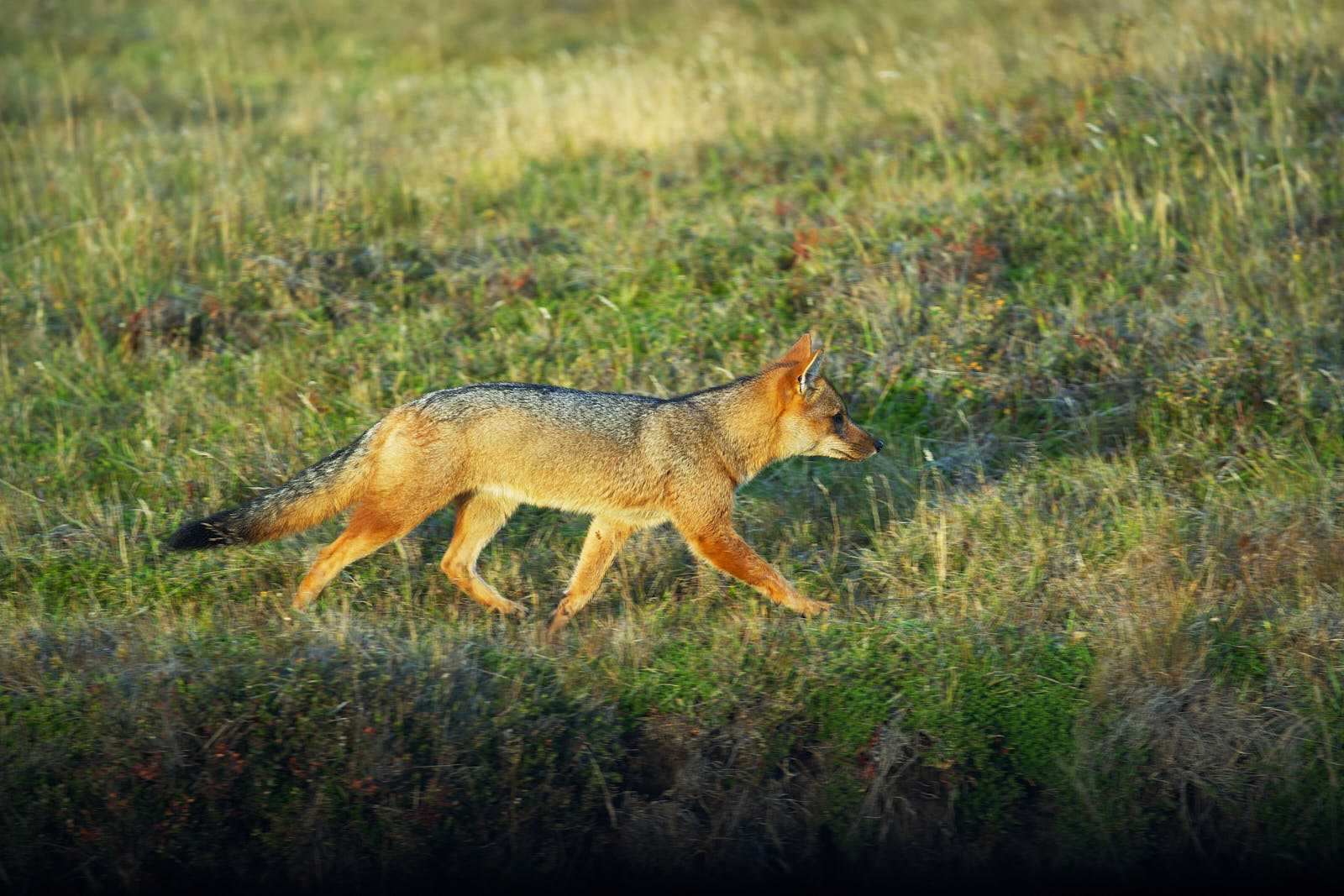
The term "decisive moment" was brought into the photography lexicon by Henri Cartier-Bresson and the publication of his 1952 book Images à la Sauvette, released in English as The Decisive Moment. Cartier-Bresson is widely regarded as the father of the street photography genre and The Decisive Moment as its bible. One philosophy espoused therein is that we photographers must be able to see a composition that life has presented to us and in the fraction of a second capture it with the click of our shutter. If we miss that chance, then it is gone forever. That instant in which the right composition can be captured and frozen in time is the decisive moment.
Many nature photographers likely look to a contemporary of Cartier-Bresson as the archetype of their genre: Ansel Adams. His approach would aptly be described as slower and more contemplative than Henri Cartier-Bresson's, but the focus on composition is why each of these titans are held in such high regard. In the pursuit of capturing nature's glory Adams carried large format cameras deep into the wilderness. If you've never used a large format view camera, I can assure you there is nothing quick about them. But as I said at the start, there is more in common between the types of photography than there are differences. The backstory for many of Adams' most iconic photos tell a tale of driving along and suddenly seeing a composition, slamming on the brakes and getting out to make the shot. Perhaps the key difference was the speed at which the compositions were changing for each of these photographers.
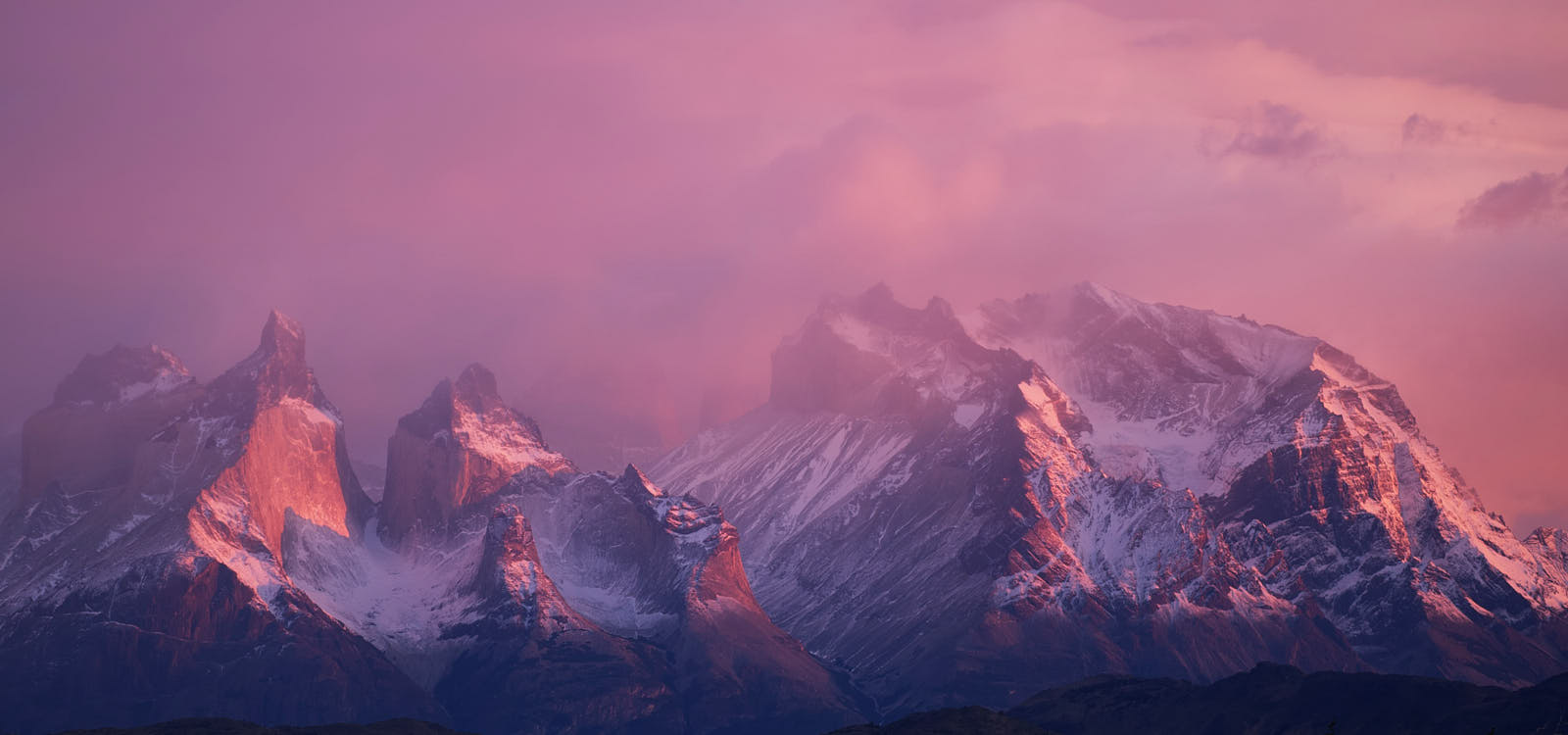
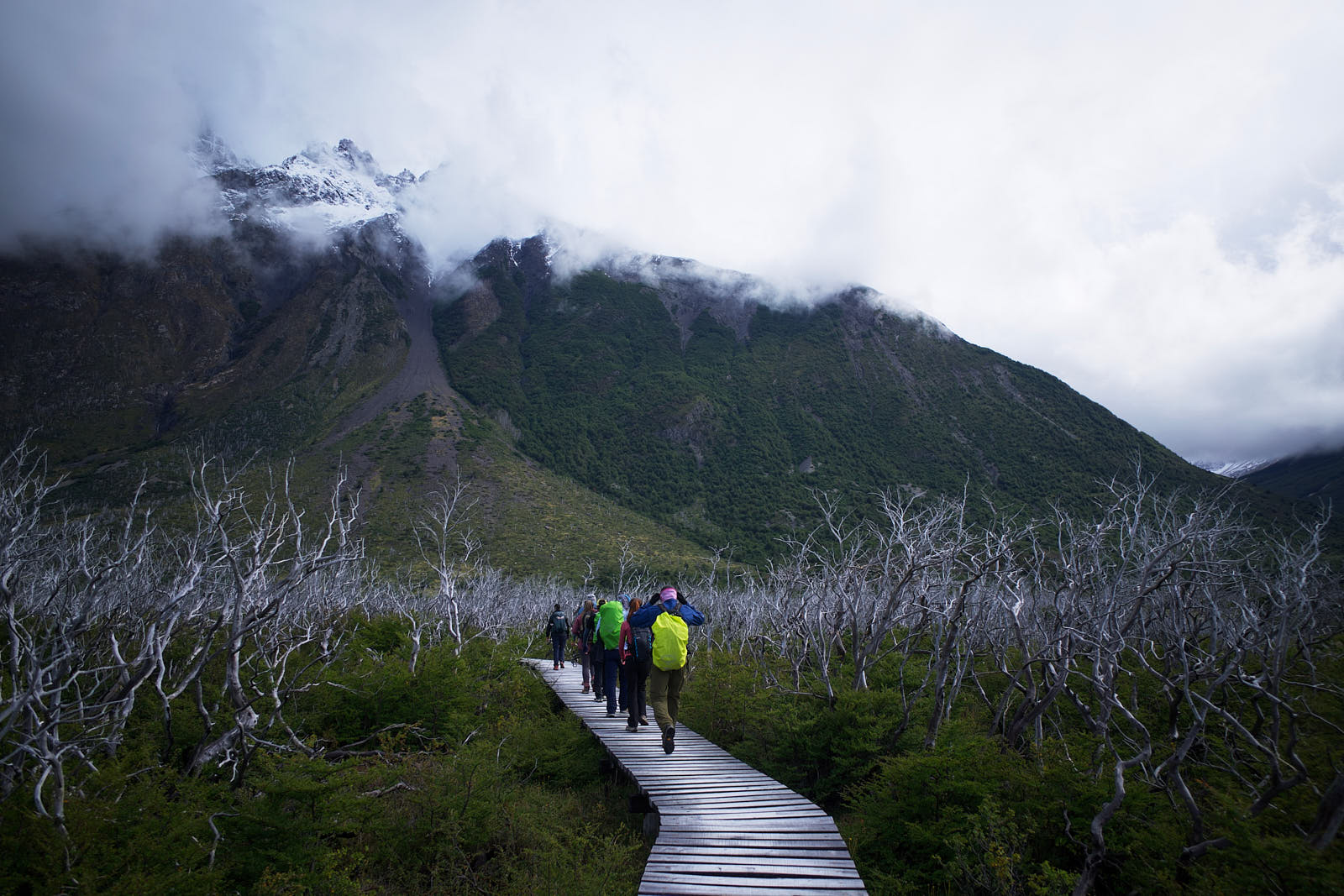
The timescales at hand for a nature photographer can vary from the leisurely pace of the moon rising all the way to the frenetic action of an eagle suddenly diving for a fish. Some of us set out prepared for the slower pace of landscape photos with tripods and remote triggers. Others might be planning for the erratic nature of wildlife photography with long lenses, fast shutters and locations mapped where we hope to see elusive creatures. But is there another opportunity somewhere between these extremes? Can we approach the trail itself as our subject, much the way that street photographers find inspiration in the everyday happenings of our urban environments? Perhaps our companions on the journey are subjects worthy of our attention, as are all the minor details along the way.
None of this is really new, of course. If you've spent any time reading the pages of National Geographic, then you will have seen countless stories of adventure, captured by photojournalists looking for those decisive moments in wildernesses around the world. Why, then, are so many nature photographers striving to emulate Ansel Adams rather than Jimmy Chin or Michael Nichols? I think at least part of the reason is that it's really difficult, mentally and physically, to engage as a documentarian while also navigating the wilds. This leads me to wonder, can we eliminate some of the challenges that present themselves on the trail and prevent us from catching those decisive moments?
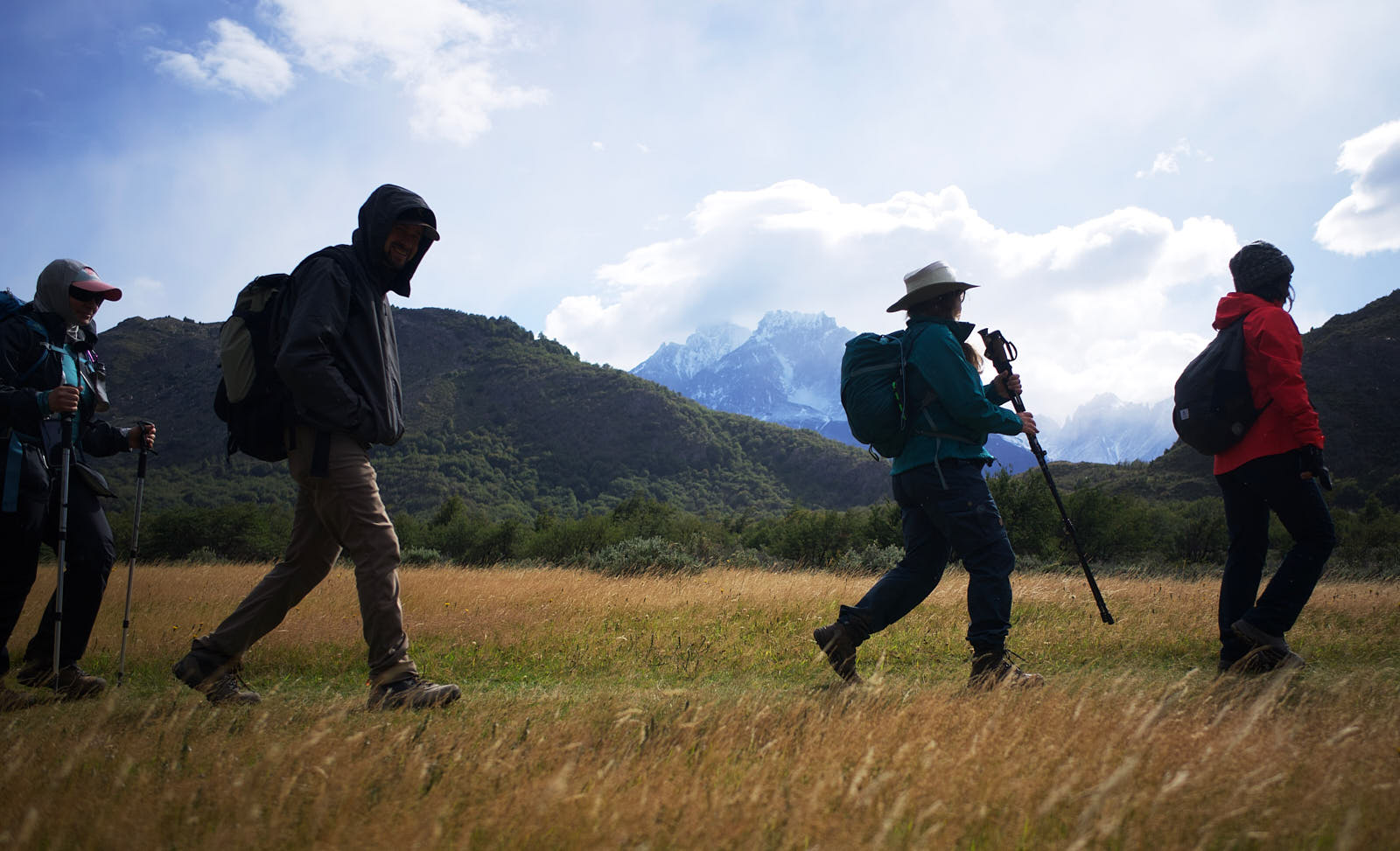
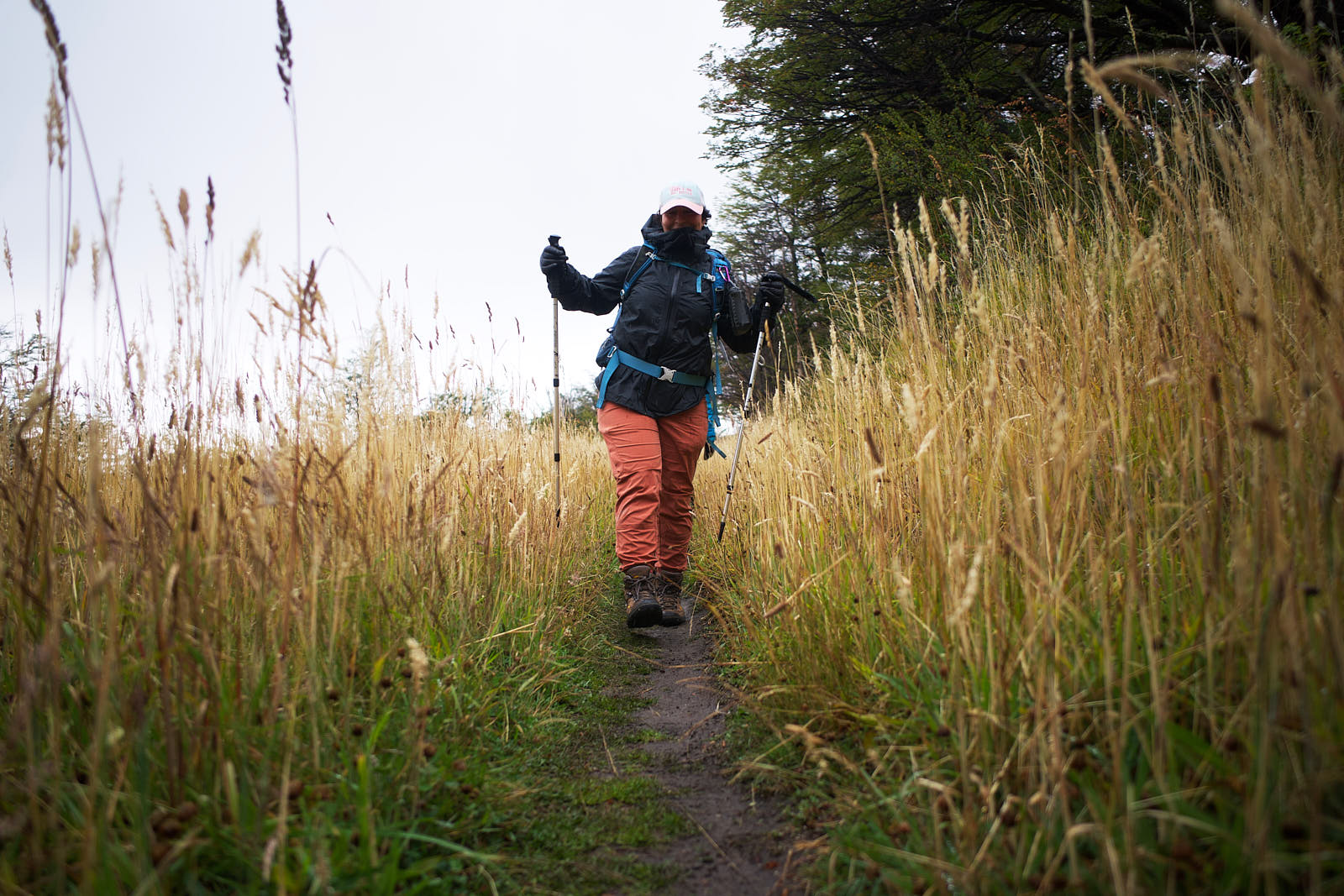
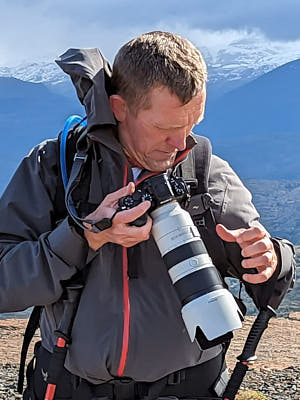
When I go backpacking my biggest problem has always been the tradeoff between storing my camera in the pack or having it slung around my neck on a camera strap. Stashing your gear in the backpack allows for the most comfort as well as keeping your delicate equipment safe, but it means that you'll rarely capture the spontaneous events we are looking for. On the other hand, the camera strap offers immediate access, opening up more opportunities to capture those fleeting moments, but the tradeoffs are not insignificant. On long treks a camera strap grows uncomfortable quickly. The camera itself swings about and always feels at risk of damage if you find yourself scrambling over logs or rocks. Camera straps also narrow down the equipment that is reasonable. I often prefer to shoot with a 70-200mm lens, an insane proposition on a camera strap even in the most comfortable environment.
What to do? For years I simply fought with my camera on a strap around my neck. Rather than shoot with my preferred 70-200mm I would use an 85mm prime. In 2023 I was planning a trip to Torres del Paine in southern Chile and was convinced there must be a better solution. As a sports photographer I'm used to carrying a lot of gear and I've used all sorts of systems that work great on the sidelines but never helped me out on the trail. Systems like the blackrapid strap keep the camera close at hand and take the weight off your neck, but the camera still swings about in ways that I'm not comfortable with on the trail. My search eventually led me to the Peak Design Capture Clip, a system that promised to give the best of both worlds.
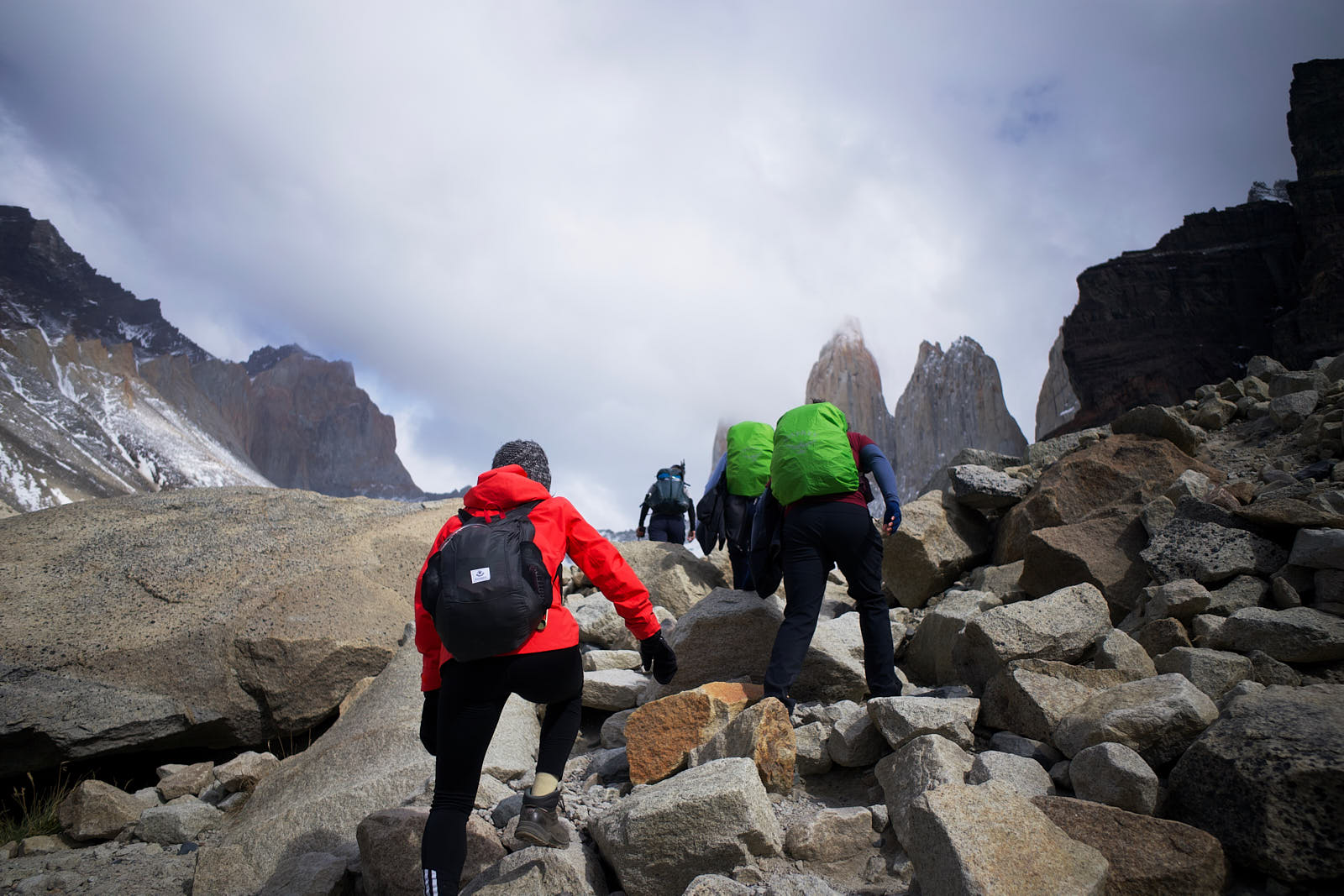
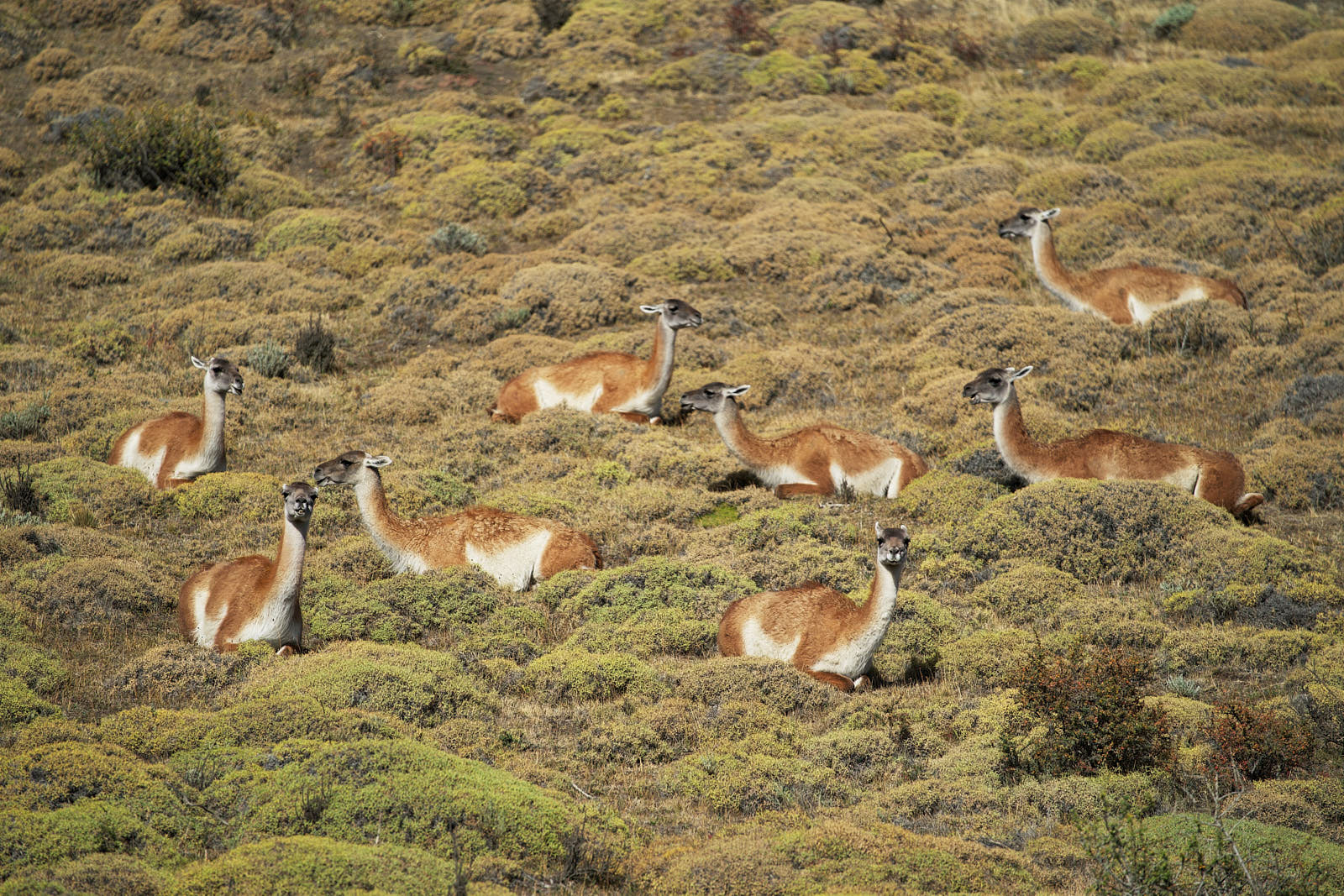
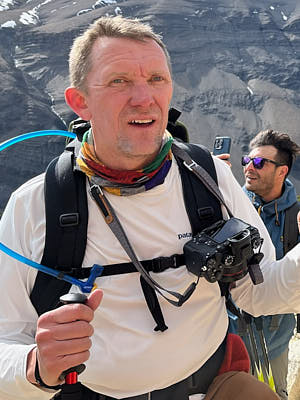
The capture clip solves the problem of where to store your camera while hiking by turning your backpack's shoulder strap into a place to mount your gear. It keeps the weight close to your body and off your neck. It's very sturdy and I have no hesitation using my 70-200mm f/2.8 with the system. I ordered a second plate that I always keep screwed in on the tripod mount for the 70-200 so that I can have another one on my camera body for when I'm using a 24mm or other small lens.
Drawing the camera simply involves holding down a button and sliding the plate out of the clip. If you have a small lens on, this can be done single-handed, but with a 70-200 it's a two-hand job. Similarly, mounting the camera in the clip just requires sliding the plate back into place. It's a quick and reliable.
My trek through Torres del Paine put the system to the test and I came out a complete convert. There was rarely a moment when I wasn't prepared to document the details of the journey. This was the most comfortable that I've ever been while carrying a camera in the field. As a result, I also think that I was able to create images that were more meaningful for me and for my comrades.
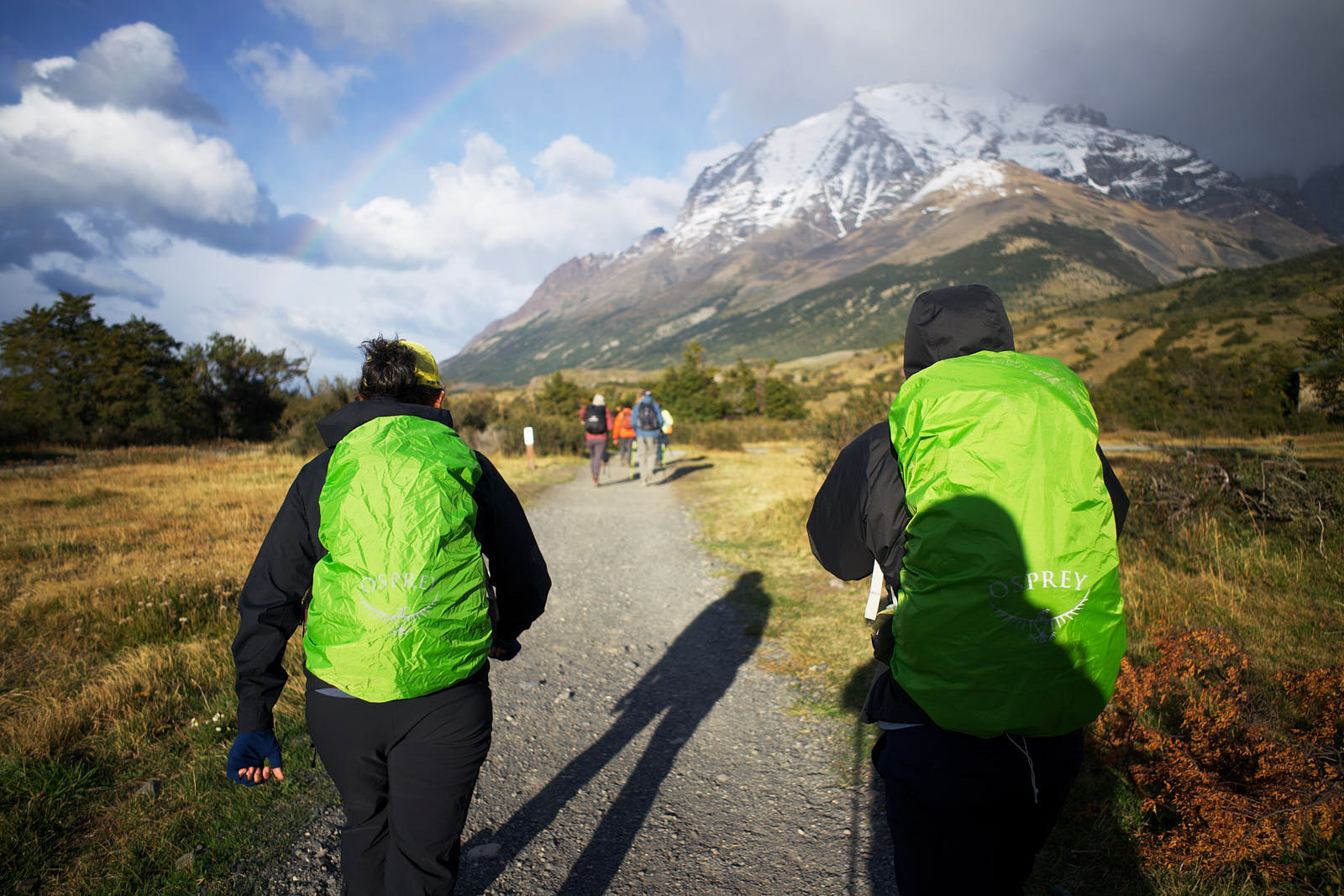
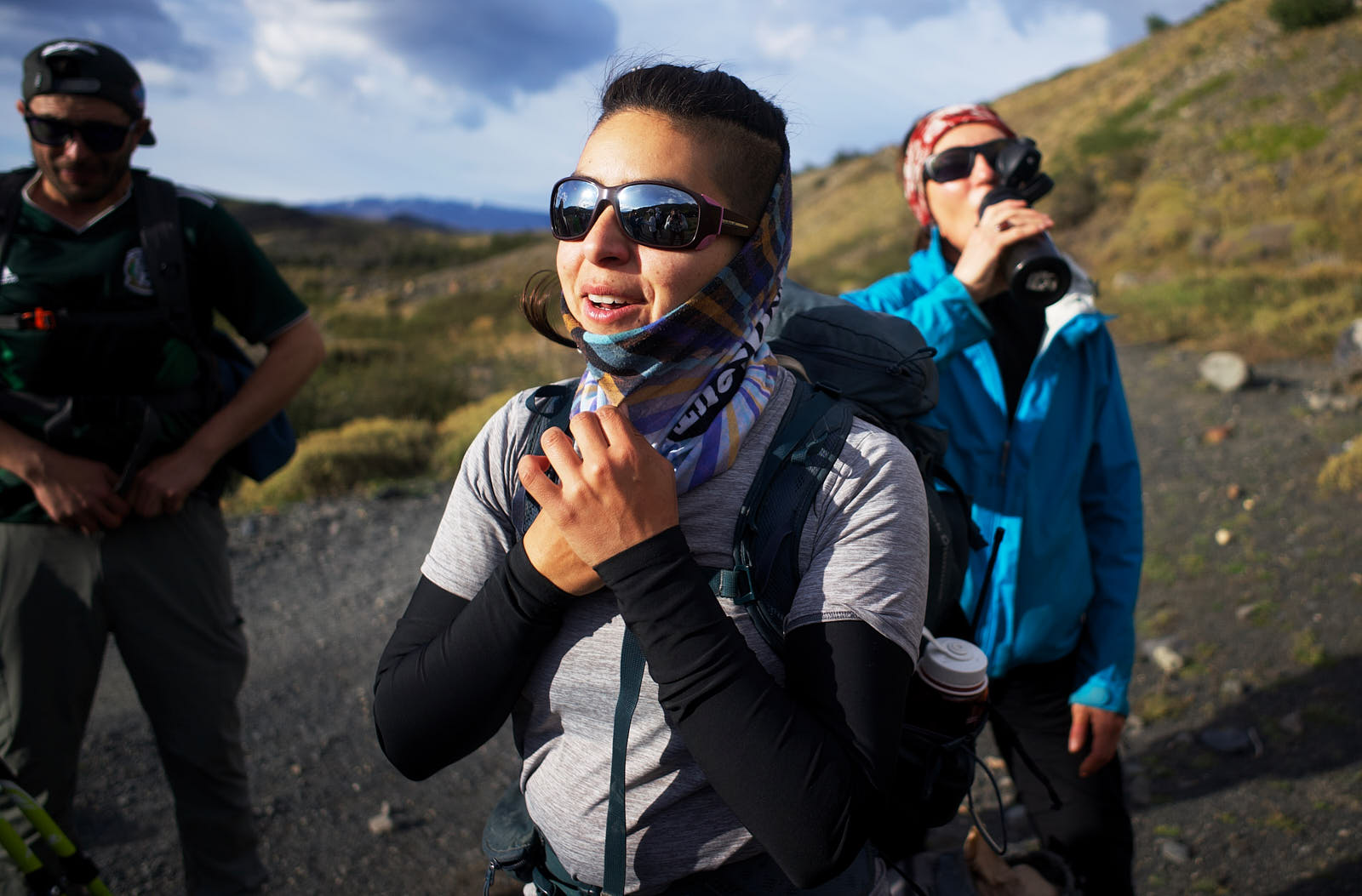
Can something as seemingly minor as a camera carrying system change the way you photograph the world? Maybe. In my case it has allowed me to be far more engaged photographically while trekking. Over the past two years I've changed the way that I approach my travel photography. I'm sure that this isn't solely due to equipment, but I do think the gear has enabled me to strive for more decisive moments in my work.
Quixotically, I've arrived at this new phase in my photography just as our world seems to be turning away from in-depth coverage. In a landscape ruled by video shorts and 280 character tweets where do we tell the stories that mean the most to us? Maybe on old-school blogs, I suppose.
If you want to discuss this post or any other, please feel free to drop me a message on Instagram or over at Bluesky.